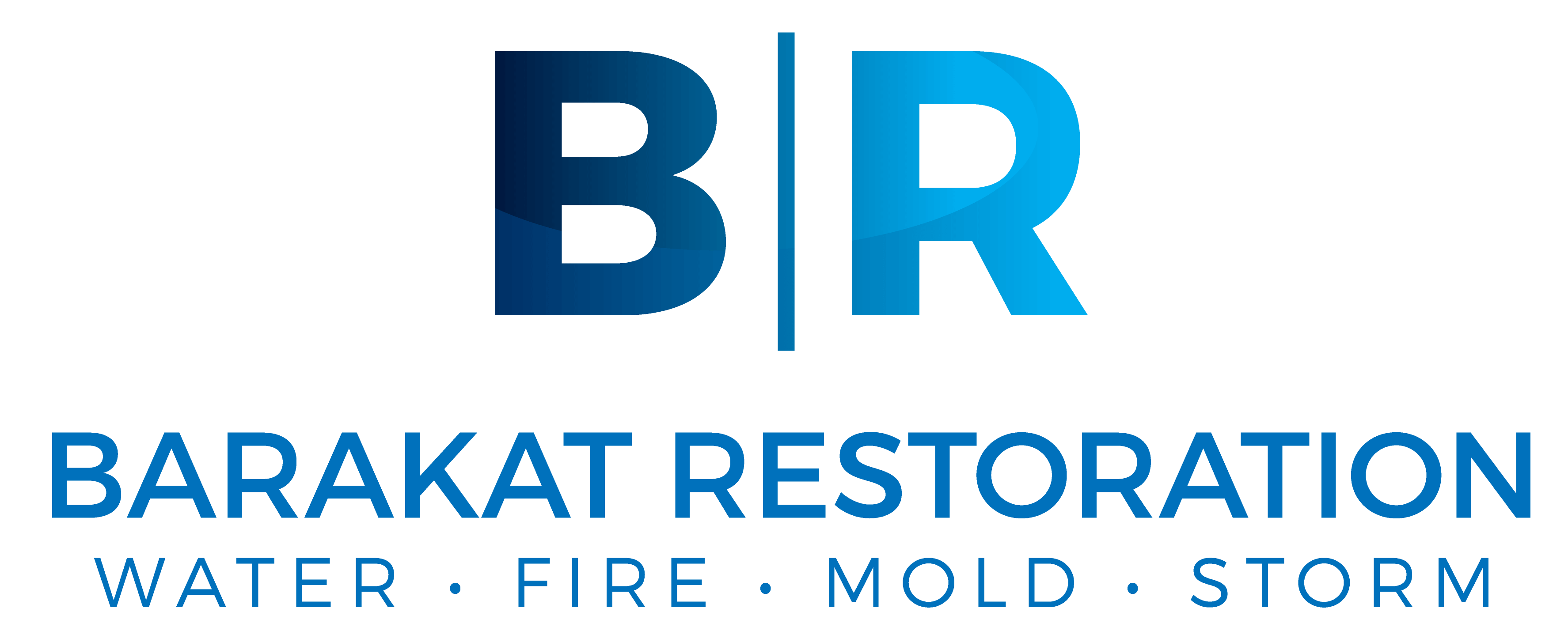
How to Remove Standing Water After a Flood
Around 14,000 people in the U.S experience a water damage emergency in their homes every day.
Flooding is disastrous for your home’s structural integrity, and can cause an outbreak of mold, putting your household at risk.
Flood water removal is crucial, and you must act immediately to prevent further damage. Here is how to get started.
Turn Off the Power
With flood repairs, first and foremost you must turn off your power supply. This is crucial, otherwise you could electrocute yourself as you enter the standing water. If you’re unsure how to do this, call a qualified electrician.
Get Equipped
Before starting the flood water damage restoration, you must wear protective equipment.
Get gloves, waterproof boots, goggles, and an N95 face mask alongside waterproof overalls. Also, make sure senior family members or children aren’t near the flooded area.
Dry Out the Area
Use buckets to scoop up standing water, or you can use wet/dry vacuums that are far more effective. The vacuum will still take several trips to empty the canister, however.
Once you’ve removed most of the water, place fans around the room to accelerate the drying process. Consider getting a dehumidifier to help remove extra moisture.
If it’s dry outside, open all your home’s windows and doors so excess moisture can escape.
Remove Wet Items
During flood damage restoration, remove furniture or belongings that have suffered flood water damage. Move wet items into a well-ventilated area so they can dry.
You should also remove damp drywall and insulation, otherwise they’ll break out in mold. Don’t forget to remove wet carpet too as it’ll slow down the drying process.
When the surfaces are dry, disinfect the entire room and wash your hands thoroughly with soap before continuing with your day.
Maintaining a Drainage Environment
Flood damage repairs rack up sky-high bills, so take preventative measures. For instance, make sure your home’s drains are clear from debris and the water is running away from your house.
You should also check nearby street-gutters as they can pool around your property’s foundation. It’s common for fallen leaves and litter to clog up a drainage system, preventing excess water from draining properly.
Call the Professionals
Often, dealing with a flooded house is too great an obstacle for someone that isn’t trained to deal with it. If this is the case with you, call a water restoration company. They know the protocol and have the right equipment to return your home to normal.
Alongside this, if you have flood insurance, call your insurance provider to file a claim.
Everything About Flood Water Removal
Don’t forget to wear protective equipment and begin flood restoration immediately to prevent a mold outbreak. Remove wet items, drywall, and carpet so you can begin the drying process.
You can also hire a professional water removal company, as they have the expertise to tackle flood damage and ensure your home is safe again.
If your home needs water restoration ASAP, we’re here to help. Contact us here for more information.
